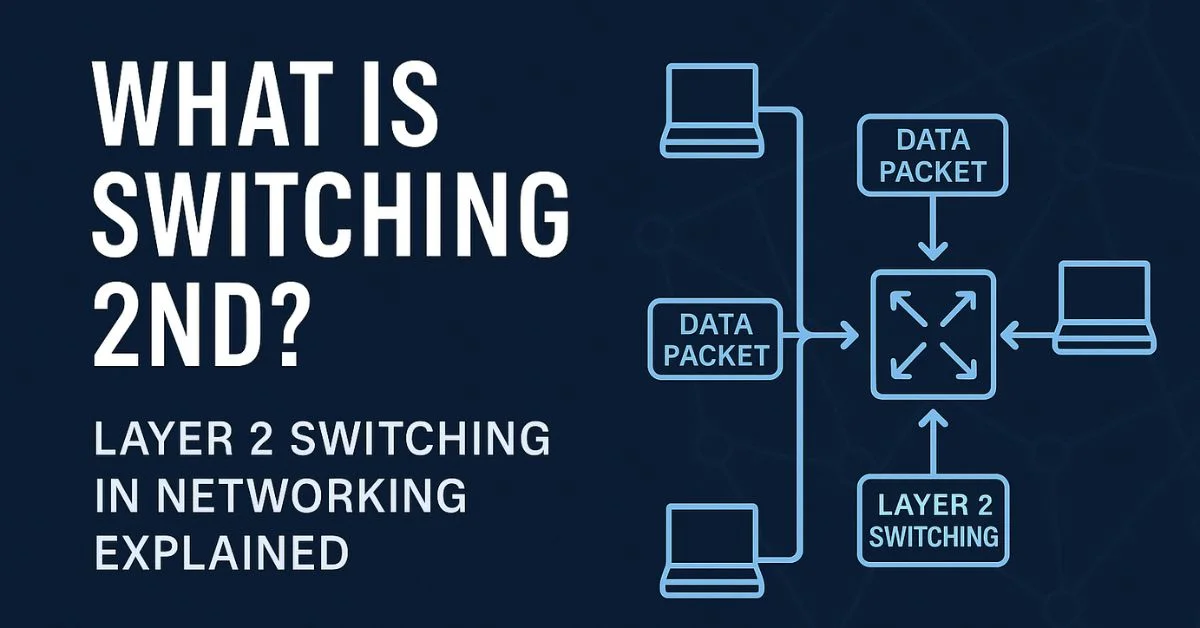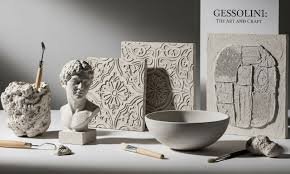Now Reading: Markiseteppe The Ultimate Guide to Stylish Shade & Outdoor Comfort
-
01
Markiseteppe The Ultimate Guide to Stylish Shade & Outdoor Comfort
Markiseteppe The Ultimate Guide to Stylish Shade & Outdoor Comfort

Introduction
As outdoor living spaces become true extensions of modern interiors, markiseteppe—a textile-based multifunctional shade system—has emerged as a game-changing solution. Seamlessly merging design, comfort, and technology, markiseteppe transforms patios, balconies, and terraces into elegant, weather-protected retreats.
Unlike conventional awnings, a markiseteppe integrates fabric, structure, and architecture into one unified system. Whether retractable or fixed, manual or motorized, it represents a new era in outdoor textile architecture, balancing aesthetics with performance and sustainability.
What Is Markiseteppe and How Does It Differ from Traditional Awnings?
A markiseteppe is an advanced shading system that combines tensioned fabrics, precision-engineered framing, and modular design to create adaptable outdoor environments. While standard awnings mainly block sunlight, markiseteppe systems deliver comprehensive protection—against UV radiation, rain, and wind—while also enhancing the space’s visual appeal.
These systems can be installed on façades, pergolas, balconies, or as freestanding units, making them suitable for both residential and commercial use. Modern variants include motorized controls, smart weather sensors, and custom textiles that balance light diffusion, privacy, and shade.
Materials Used in High-Quality Markiseteppe Systems
The durability and performance of a markiseteppe depend heavily on material innovation. Common fabrics include:
- Solution-dyed acrylic
- PVC-coated polyester
- Micro-perforated technical textiles
These fabrics resist fading, mildew, and tearing, while maintaining flexibility. The structural elements—usually powder-coated aluminum, stainless steel, or galvanized iron—ensure stability even in coastal or high-sun environments.
Many premium models use UV-resistant coatings, water-repellent treatments, and increasingly, eco-friendly materials such as recycled fibers or OEKO-TEX® certified textiles, aligning with sustainable design standards.
Evolution of the Markiseteppe Concept
Originally developed in Scandinavia, the markiseteppe began as a simple fabric shade but has since evolved into a smart architectural element. Today’s versions feature automated operation, integrated lighting, weather sensors, and modular construction—turning outdoor shade into a fully integrated design statement.
The latest innovations emphasize energy efficiency, design fluidity, and structural modularity, allowing markiseteppe systems to complement both classic and ultra-modern architecture.
Why Choose Markiseteppe for Your Outdoor Space
A markiseteppe doesn’t just shield—it transforms your environment. By creating shaded, comfortable zones, it extends the usable area of your home or business throughout the year.
- Residential use: Adds privacy and comfort to terraces, balconies, and rooftops.
- Commercial use: Extends seating capacity for cafés and restaurants, boosting customer comfort and profitability.
Comfort and Usability Benefits
Markiseteppe systems can reduce heat gain, glare, and UV exposure, creating comfortable outdoor spaces even under strong sunlight. When placed near glass façades, they help prevent indoor fading and reduce reflections. Breathable textiles promote airflow, maintaining coolness without blocking the breeze.
Energy and Sustainability Advantages
Research shows that effective shading can cut indoor cooling loads by up to 20%, especially on west- and south-facing façades. By intercepting solar radiation before it enters the building envelope, a markiseteppe enhances passive cooling, reducing HVAC demand and the carbon footprint of your property.
Design Styles and Installation Options
Markiseteppe systems come in a wide array of designs, mounting styles, and configurations:
- Minimalist linear shades for contemporary architecture
- Retractable canopies for terraces or garden lounges
- Pergola-mounted designs that merge seamlessly with structural frameworks
Installation options include wall-mounted, integrated, or freestanding versions, adaptable to any architectural aesthetic.
Common Forms of Markiseteppe
| Type | Description | Best For |
| Fixed Markiseteppe | Permanent, tensioned fabric with rigid frame | Year-round outdoor areas |
| Retractable Markiseteppe | Motorized or manual system that retracts into a cassette | Flexible balconies and terraces |
| Folding Arm Hybrid | Combines awning mechanics with fabric roofing | Compact urban balconies |
| Pergola-Integrated System | Installed on pergola beams, offering texture and shade | Luxury patios and restaurant terraces |
Indoor and Commercial Applications
Architects increasingly integrate markiseteppe systems indoors—as soft partitions, skylight diffusers, or visual connectors between interior and exterior spaces.
In commercial settings, they help define branded environments for cafés, hotels, and rooftop bars, often incorporating custom lighting, logos, and color palettes.
Choosing the Right Markiseteppe System
1. Evaluate Purpose and Exposure
Assess how much sun, rain, or wind your location experiences. Spaces with heavy exposure require high-tension or wind-rated fabrics and reinforced brackets.
2. Select Appropriate Materials
Opt for UV-resistant, breathable textiles (UPF 50+ or higher) and corrosion-resistant frames.
In coastal regions, aluminum and marine-grade steel are best.
3. Define Budget and Features
| Tier | Description | Approx. Cost per m² | Key Features |
| Standard | Manual retractable model | €90–€150 | Acrylic fabric, basic frame |
| Premium | Motorized custom design | €180–€300 | Aluminum frame, weather sensors |
| Luxury | Fully automated smart system | €350 + | IoT controls, eco-textiles, LED lighting |
Automation options include wind and rain sensors, smartphone control, and integrated lighting, combining convenience, safety, and style.
Maintenance and Longevity
Proper care ensures your markiseteppe stays functional and visually appealing for a decade or more.
Routine Maintenance Tips
- Monthly: Remove dust and debris; wash fabric with mild soap and water.
- Seasonal: Check bolts, seals, and tension before harsh weather.
- Annually: Lubricate moving parts; inspect for corrosion or fading.
Always let the fabric dry completely before retracting to prevent mold. In snowy or stormy regions, retract and cover the system for protection.
Preventing Common Issues
Typical problems include fabric sagging, motor wear, or sensor malfunction. Prevent these with regular tension checks, automated weather response, and professional service every 2–3 years.
Using marine-grade hardware and UV-stable stitching minimizes long-term degradation
Where to Buy and What to Expect on Pricing
Markiseteppe systems are available through specialized shading retailers, design studios, and certified installers.
Reputable European and Scandinavian brands include Markilux, Warema, Fiamma, and Somfy-integrated models, offering warranty-backed installations and smart-home compatibility.
Key pricing factors:
- Fabric technology & quality
- Motorization level
- Frame material & finish
- Installation complexity
- Warranty and brand reputation
Trends and Future Innovations
1. Sustainable Materials
Manufacturers are adopting recycled PET fibers, low-VOC coatings, and modular aluminum frames that can be reused or recycled. Fabrics with Cradle-to-Cradle or ISO 14001 certifications are becoming mainstream, appealing to eco-conscious homeowners.
2. Smart-Home Integration
The latest markiseteppe systems sync with Alexa, Google Home, and similar platforms.
They automatically adjust based on light intensity, temperature, or weather forecasts, turning shading into a predictive comfort system.
This convergence of architecture, automation, and sustainability marks the rise of the smart microclimate era—where your outdoor space adapts to you.
Common Myths About Markiseteppe
Myth 1: Markiseteppe is only for summer.
Reality: High-grade fabrics and weatherproof structures make it suitable for year-round use, even in drizzle or mild snow.
Myth 2: Automation is too expensive.
Reality: Modern motorized systems are cost-effective and energy-efficient, often offsetting their initial price through longer lifespan and reduced cooling costs.
Conclusion
Markiseteppe defines the next generation of architectural shading—where technology, design, and sustainability meet. It’s more than just protection from the elements; it’s a lifestyle upgrade that expands your living space and improves comfort, energy efficiency, and aesthetics.
From urban balconies to luxury resorts, markiseteppe systems deliver enduring value, style, and eco-performance—making them a timeless investment in outdoor living.
FAQs
1. What makes markiseteppe different from a regular awning?
It’s a complete architectural shading system combining fabric tension, modular structure, and automation, not just a sunshade.
2. Can markiseteppe be used indoors?
Yes. It can serve as aesthetic partitions, skylight diffusers, or soft room dividers.
3. What are the best materials for coastal climates?
Choose solution-dyed acrylic or PVC-coated polyester with UV and salt resistance, plus aluminum frames.
4. How much does a markiseteppe cost?
Depending on features, prices range from €90 to €350 per m².
5. Can it integrate with smart home systems?
Yes. Many models support app control, voice assistants, and weather sensors for automated comfort.
6. How should I maintain it?
Clean monthly, inspect seasonally, lubricate yearly, and always dry before retracting.
7. Is it eco-friendly?
Eco versions use recycled textiles and low-impact manufacturing, reducing environmental footprint.
8. Does it help reduce energy costs?
Yes—by blocking solar gain, it can reduce cooling energy use by up to 20 %.
9. What are common installation mistakes?
Improper mounting height, underestimating wind exposure, or choosing low-grade fabric—always work with certified professionals.









